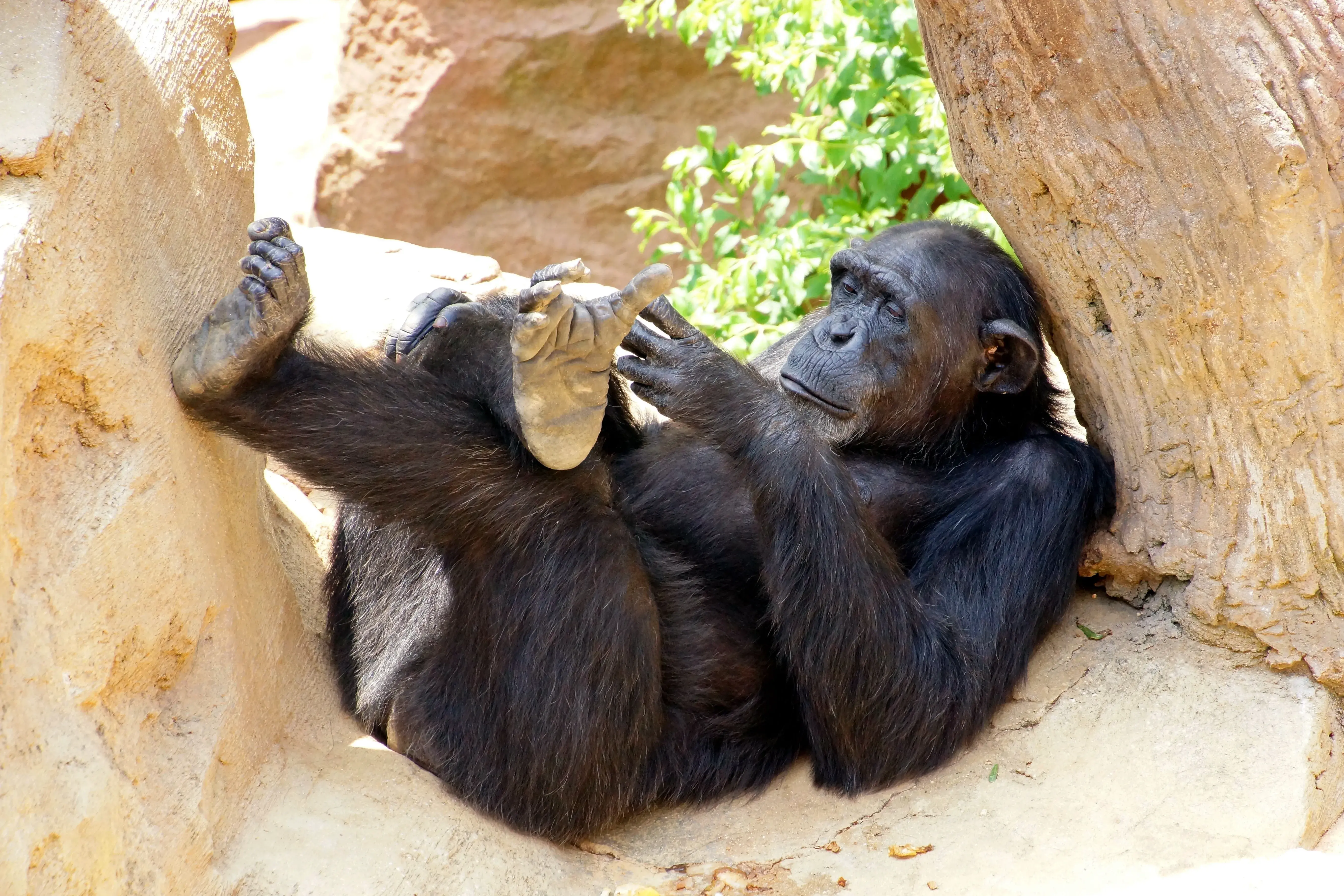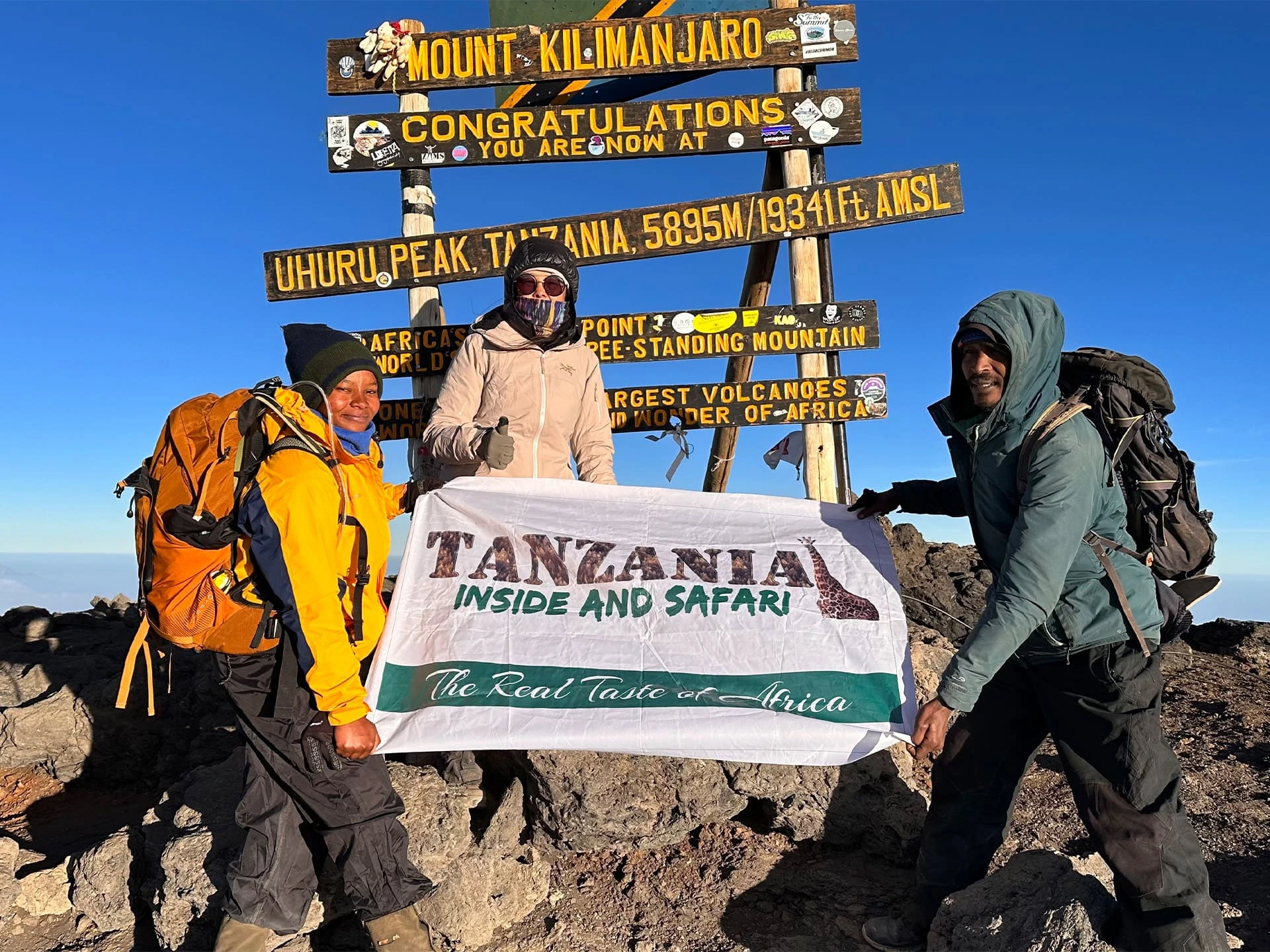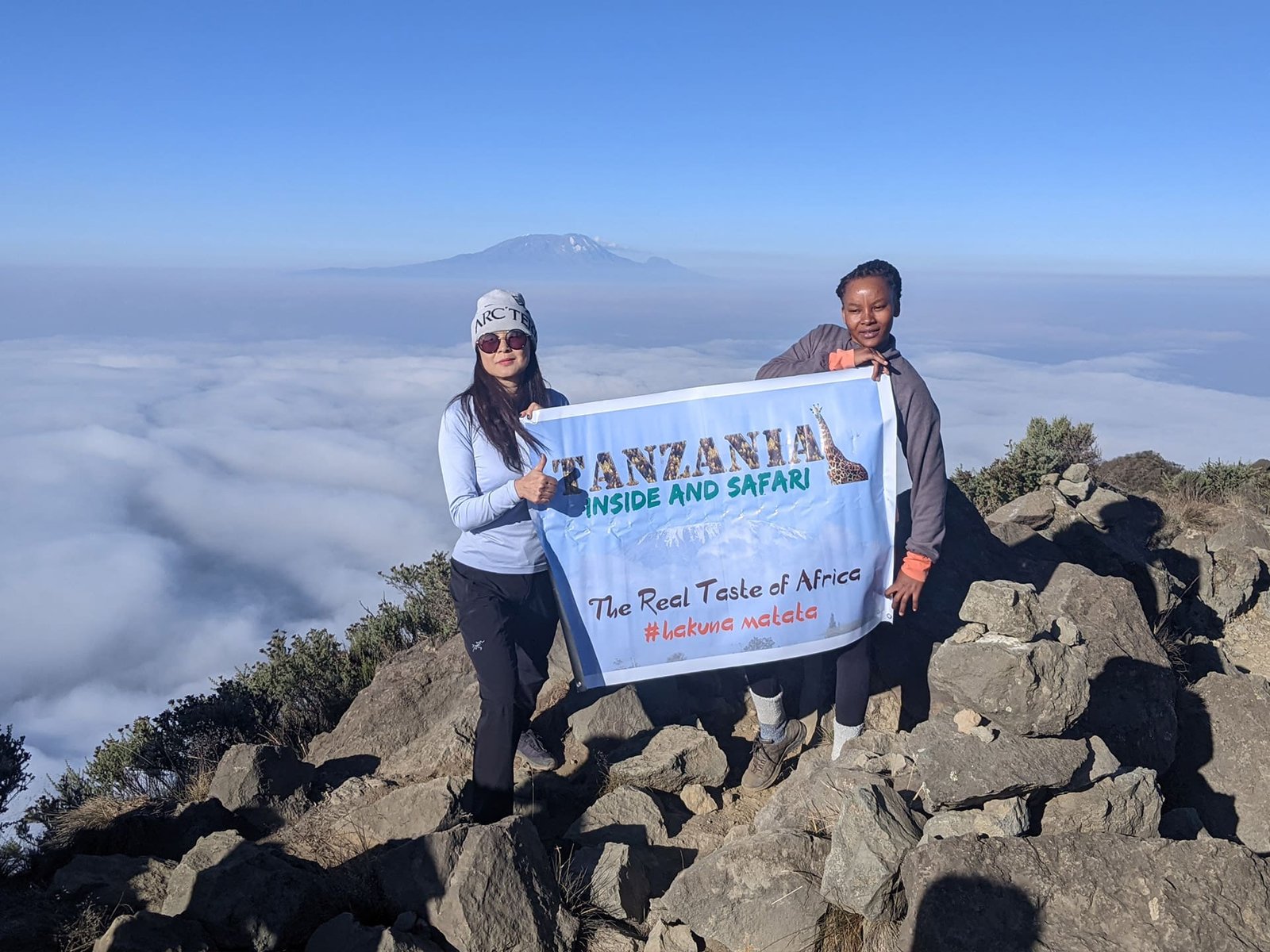
Which is the best route to climb Kilimanjaro?
There are 7 main Mount Kilimanjaro routes which lead to the summit, Uhuru Peak, one of which starts on the Northern side of the mountain and the rest on the Southern side. After making the decision to climb Kilimanjaro, you’ll need to choose your route.
1. Northern Circuit Route
2. Lemosho Route
3. Shira Route
4. Machame Route (“Whiskey” Route)
5. Rongai Route
6. Marangu Route (“Coca-Cola” Route)
7. Umbwe Route
The one question we are asked more often than any other is “which is the best route to climb Kilimanjaro”. And the answer depends on what you want. Here are our winners
Highest success rate and overall best route to climb Kilimanjaro
If you want the highest chance of summiting the best route to climb Kilimanjaro is the Lemosho route and Machame route over 7 or 8 days – excellent acclimatization and an easier summit night make these winners by a long way. And as reaching the top is the most important thing for most of our climbers we make this our overall winners as best route to climb Kilimanjaro.
Most scenic route to climb Kilimanjaro
The Lemosho route approaching from the West wins hands down for the best views with spectacular vistas in all directions.
Quietest route to climb Kilimanjaro
If keeping away from the crowds is your top priority the Rongai route has to be your choice as the best route for your Kilimanjaro climb. But be warned the success rate is lower.
Most challenging route to climb Kilimanjaro
If you are looking for an adventure and a really unique wilderness experience the crater camp option is the best route to climb Kilimanjaro for you- less than 1 % of climbers get to do this and all our climbers who do it rave about it.
Our summary of the advantages and disadvantages of each route is below
» Machame route – from USD 2,280
» Lemosho Route – from USD 2,640
» Marangu Route – from USD 2,150
» Rongai – Route from USD 2,280
» Umbwe Route – from USD 2,150
Which route is best to climb Kilimanjaro?
When you are planning your Kilimanjaro climb there are 6 factors that you need to take into consideration in deciding which is the best route to climb Kilimanjaro for you.
Acclimatization on Kilimanjaro
When climbing to altitude the golden rule is walk high and sleep low. Following this rule minimizes the risk of altitude sickness and improves you chance of summiting. The best routes to climb Kilimanjaro for acclimatization are the Machame and Lemosho routes as these naturally allow you to walk high and sleep low.
Difficulty of the summit night
The toughest summit nights are on the Rongai route and the Marangu route: they reach the crater rim of Kilimanjaro on the North, opposite Uhuru Peak and more than 2 hours from the summit itself. The best routes to climb Kilimanjaro to avoid this are the Machame and Lemosho routes as they reach the crater at Stellar point less than an hour’s walk from the summit. An extra hour on what is already a very long day is often the straw that breaks the camel’s back.
How busy the route is
The amount of climbers on the mountain varies a lot depending on the season and on the day of the week but even taking this into account if you want to have the mountain more to yourself the best route to climb Kilimanjaro is the Rongai route. This route starts in the North and is used by a lot less climbers than the very popular southern routes.
Accommodation on the climb
The only route that you do not have to camp on is the Marangu route so if you hate tents this is the best route to climb Kilimanjaro for you. Be warned though the huts are very basic and noisy.
Kilimanjaro Routes Safety
We consider all of the routes except the Arrow Point route to be relatively safe if walked sensibly. We do not offer climbs on the Arrow Point route as the risk of falling rock is unmanageable . This is definitely not the best route to climb Kilimanjaro.
Which route has the highest Summit Success rate
As a result of the better acclimatization offered and the easier summit night the best route to climb Kilimanjaro in terms of summit success rate is the 9 Day Northern Circuit route ,Lemosho route over 8 days followed by the Machame route over 7 days.




















